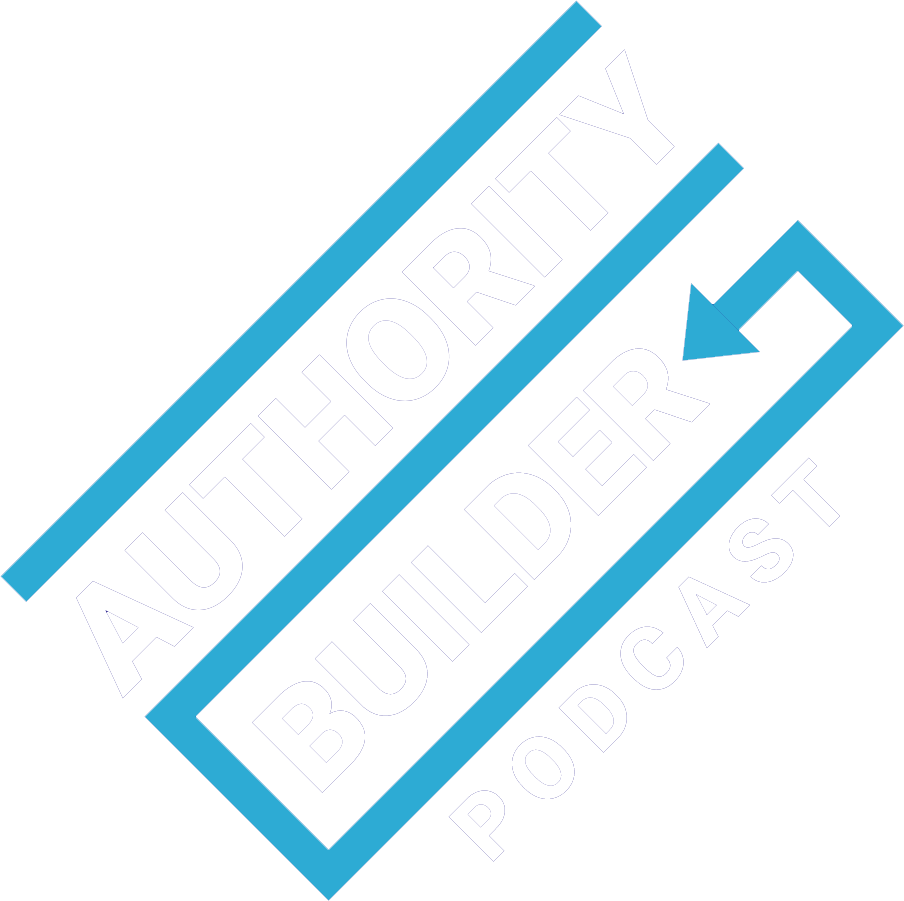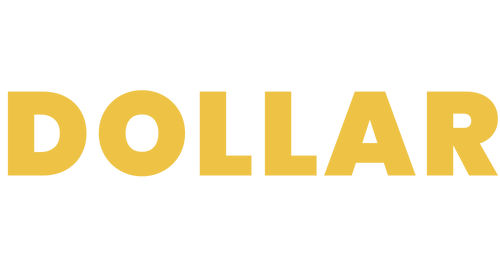If you’ve turned on the Internet lately, you’ve heard the whole “build an audience” deal. While that’s great advice, there are usually two critical things missing…
- How do you build it?
- How do you turn the audience into paying clients?
After all, not everyone’s going to sell an online course and make millions in their underwear.
What I love about Dorie Clark’s new book—Entrepreneurial You—is that Dorie answers both of those questions. But it’s the way she answers them that’s useful…
She did RESEARCH!
It’s not just her story (although you’ll hear it and it’s a good one), and it’s not just her opinion.
She researched top performing businesses that have followed the audience model. Not all approaches are the same and not all approaches fit every business.
In Entrepreneurial You, Dorie gives you enough different perspectives and successful methods for building an audience and turning it into paying clients that you’ll find a path that fits your situation.
And get Dorie’s free Entrepreneurial You workbook that will help you get going (or improve) your audience building…
Mentioned in the show
- Dorie Clark
- Entrepreneurial You
- Reinventing You
- Stand Out
- first interview – UCP with Dorie Clark
- DorieClark.com/entrepreneur


